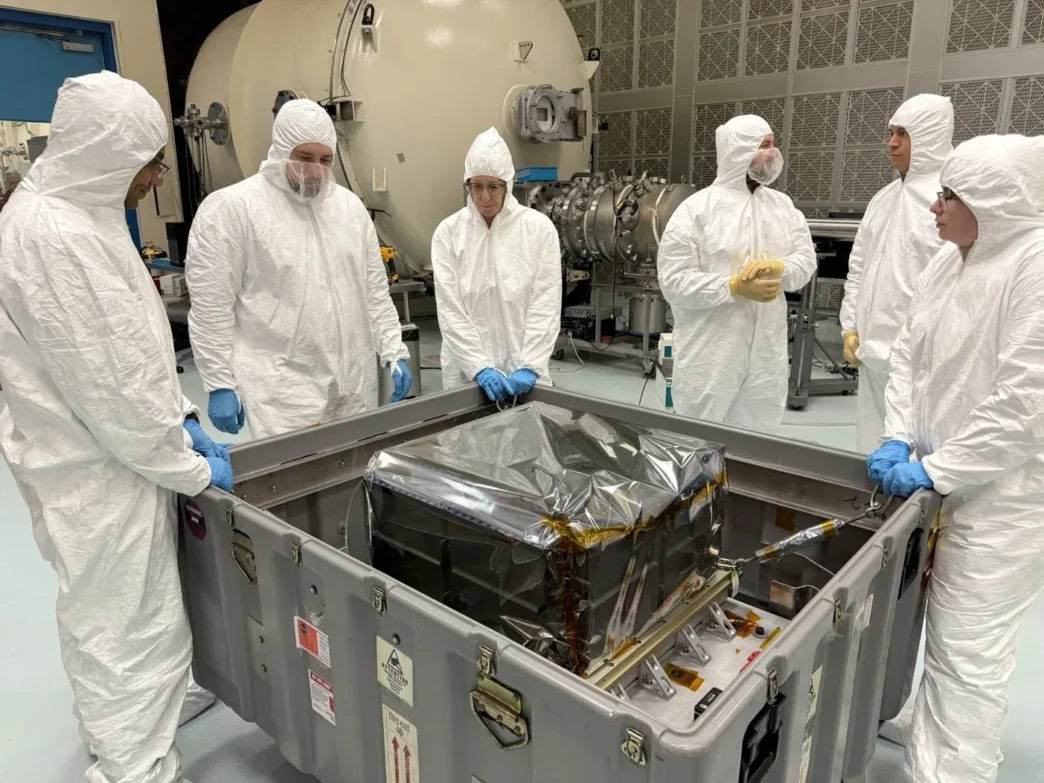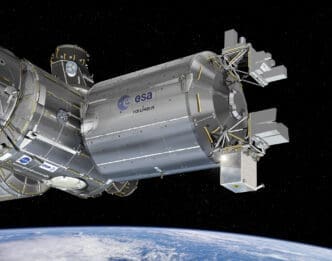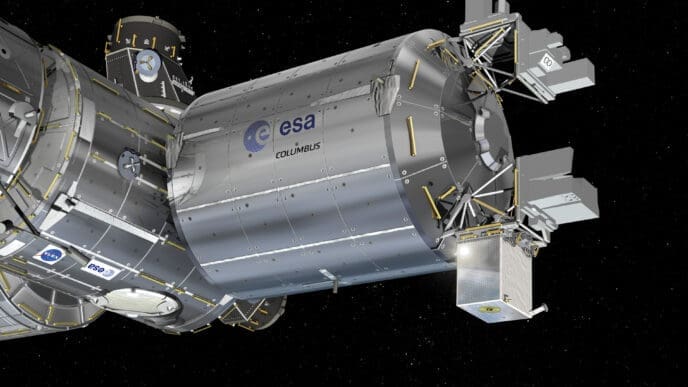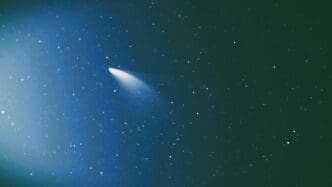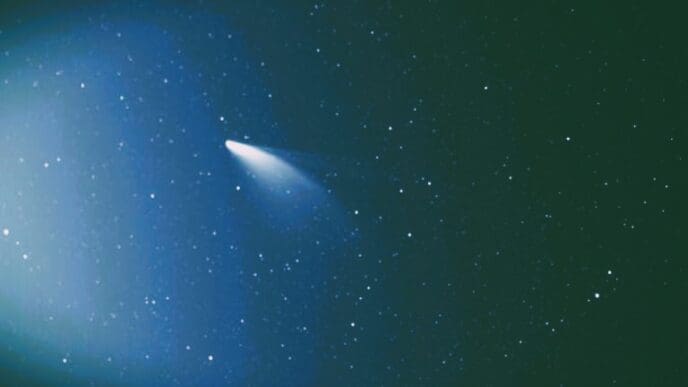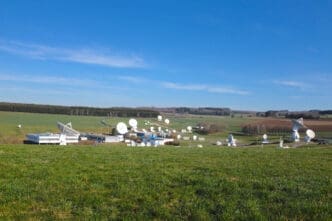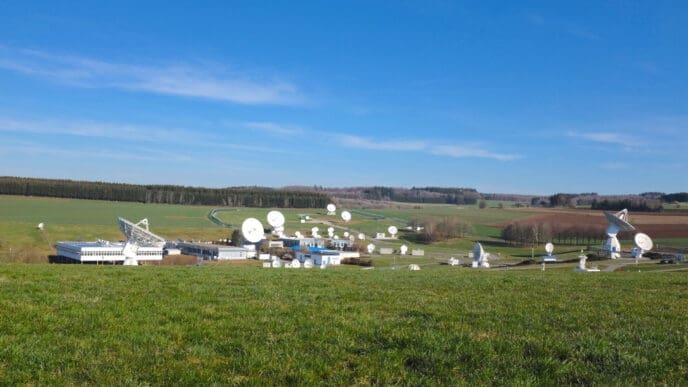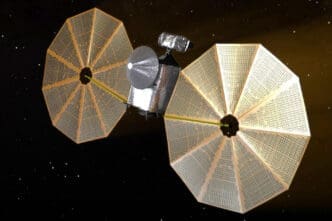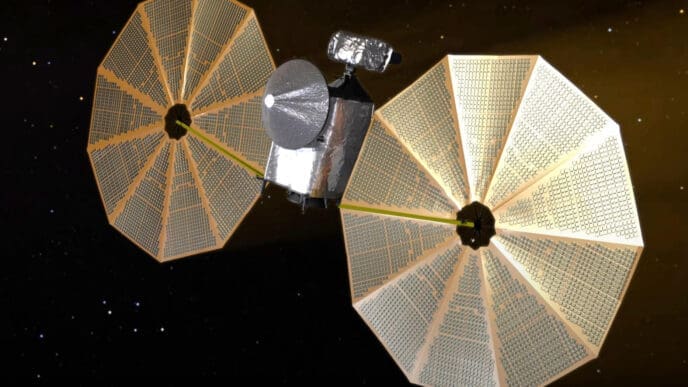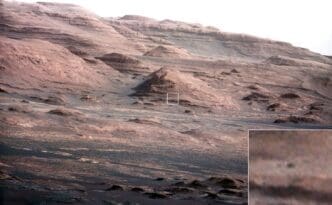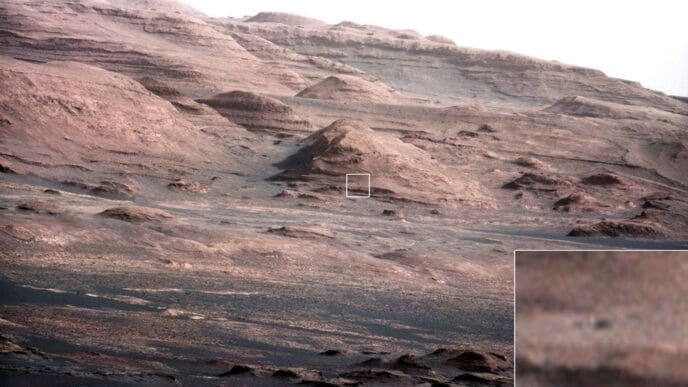StarBurst, a wide-field gamma-ray observatory, has arrived at NASA’s Marshall Space Flight Center in Huntsville, Alabama, as of March 4. The observatory is set to undergo comprehensive environmental testing and the final integration of its instruments. Designed to detect the initial emissions of short gamma-ray bursts, StarBurst serves a crucial role in identifying neutron star mergers—a key electromagnetic indicator in astrophysics.
“Los estallidos de rayos gamma se encuentran entre las explosiones más poderosas del universo y actúan como faros cósmicos que mejoran nuestra comprensión de la física extrema, incluida la formación de agujeros negros y el comportamiento de la materia en condiciones extremas”, explicó el Dr. Daniel Kocevski, investigador principal de la misión StarBurst en la NASA Marshall.
Kocevski emphasized that neutron star mergers offer a unique opportunity for research because these events produce both gamma-ray bursts and gravitational waves. This dual signal allows scientists to study the phenomena using both light and space-time ripples. Moreover, the merger of neutron stars generates heavy elements such as gold and platinum, shedding light on the origins of some of Earth’s building blocks.
“By analyzing these gamma-ray bursts and the consequent neutron star mergers, we gain crucial insights into fundamental physics, the origins of elements, and even the expansion of the universe,” Kocevski added. “Neutron star mergers and gamma-ray bursts serve as nature’s laboratories for testing our cosmic understanding.”
At Marshall, StarBurst will undergo rigorous flight vibration and thermal vacuum testing at the Sunspot Thermal Vacuum Testing Facility. These assessments ensure the observatory can withstand the intense conditions of launch and the harsh environment of space. Final instrument integration will occur in the Stray Light Facility, a specialized environment designed to identify and reduce unwanted light in specific areas of the optical systems.
The StarBurst initiative is a collaborative effort led by NASA’s Marshall Space Flight Center, in partnership with the U.S. Naval Research Laboratory, the University of Alabama Huntsville, the Universities Space Research Association, and the UTIAS Space Flight Laboratory. This project was selected for development as part of the NASA Astrophysics Pioneers program, which aims to support smaller, lower-cost missions that deliver compelling astrophysics science.
The Tangible Impact
- Successful outcomes from StarBurst could engage and inspire the public, fostering appreciation for scientific exploration and discovery.
- The advanced detection of gamma-ray bursts could deepen our understanding of cosmic events such as neutron star mergers, enhancing our knowledge of the universe.
- New insights from StarBurst may aid in furthering research into fundamental physical laws, potentially leading to scientific breakthroughs.
- The findings could elucidate the process of element formation, offering insights into the origins of heavy elements like gold and platinum.
- Successful integration and testing of StarBurst might bolster confidence in future low-cost, small-scale astrophysical missions.
- Collaborative efforts among multiple institutions could lead to strengthened scientific partnerships and shared technological advancements.
- The mission may inspire educational programs and research opportunities at universities involved in the project.
- Technological developments from this mission could have applications in other areas of space research and exploration.
- The project could lead to improved methods for studying both light and gravitational waves, providing a more comprehensive understanding of astrophysical events.
- Progress in this field may influence future space policy and funding decisions, emphasizing smaller-scale missions’ viability.


